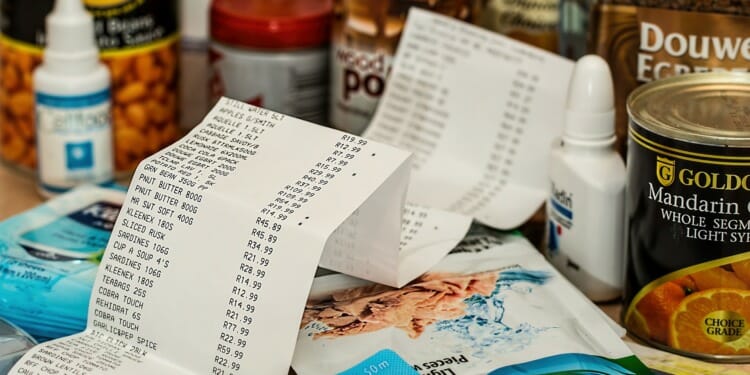We’ve all been there – we find the unopened yogurt container that made its way to the back of the fridge and stayed there for a few weeks. Its expiration date says it expired a few days ago, but it looks and smells fine, but we throw it away just to be safe. What do the dates on foods mean and how do we know when they are safe to eat if the date has expired.
Minimizing food waste at home is an important step toward minimizing total food waste. It is estimated that 30%-40% of safe and edible food is wasted. This means that more labor, fuel for transport and processing, and other resources are wasted on food that is uneaten.
What do manufacturing labels mean?
Sell by- this is an instruction for the grocery store where you purchase your food. The item must be sold by the date stamped on the packaging but that doesn’t mean it has gone bad if you eat it after that date.
Best used by/before- this refers to the quality of the product and not its safety. Products can be safely consumed past this date.
Use by- this also refers to quality, unless in the case of instant formula where it refers to safety.
Guaranteed fresh- this usually refers to baked goods but is an indicator of when the item will taste its best, and again not an indicator of safety.
Packed on- this refers to the date an item was packaged, often you can find these on frozen foods or prepackaged meals or produce that has been prepared (like fresh mango slices). In the case of fresh produce, it can be helpful to keep an eye out for this label because the most recently packed items will last the longest.
Expiration date- again, this generally does not refer to food safety, but to the quality of the product and when it has passed its peak freshness.
Freeze by- it is recommended that any meat or poultry be frozen within two days of purchase if it will not be cooked in those two days. Frozen foods can be safely consumed for years after they are initially frozen because the bacteria that cause food poisoning cannot grow in low temperatures. However, if you are without power for a few days or your freezer breaks, it is best to use up that food before it thaws and bacteria is able to grow.
Canned goods- are theoretically good indefinitely as long as the can has not been damaged or broken. If the can is bulging, leaking, or rusty, these are signs that the seal has been broken and the food inside is not safe to eat.
How long can I keep food after the expiration date?
Depending on the food, possibly, a while. However, it’s important to examine items that are far past their dates. If you see a change in color, texture, smell, or if there is mold or rot, it is not good to eat.
If you are curious about a particular product the USDA has an app that can help you determine how long that item can last past expiration.
Some common items that we all find in our fridges past expiration date are:
Eggs- can be good 3-5 weeks after expiration. If you want to be sure, grab a glass of water, and if the egg sinks it is still good, but if it floats, it has gone bad.
Milk- 1 week past expiration, this time will increase or decrease depending on when the milk was opened. Again, giving the milk a whiff (or making a roommate do it) will be your best indicator if it has gone bad. Pouring the milk into a glass is the best way to smell if it has gone sour.
Meats- ground meats or poultry are best to use one to two days after purchase, or freeze them for later. If ground beef has become browner on the interior that does not indicate spoilage, but a lack of oxygen and it is still safe to eat as long as you haven’t kept it for over one or a maximum of two days and always in a well-refrigerated environment. If it is slimy, smelly or the exterior has changed color completely to a grey or brown, it is best to toss it.
Fish and seafood- they should be eaten as soon as possible after purchase; you can keep it in the coldest place in the refrigerator (on a top shelf) for an additional 24 hours provided you have placed the fish or seafood, well cleaned, patted dry on a clean plate or container and made sure you’ve covered it well (either with its own lid or a plastic film that will not let air in).
Leftovers- kept refrigerated, they should be eaten within 3-4 days after they are cooked.
For a more in-depth list of particular items, use this website to access the USDA FoodKeeper app online.
When evaluating if an item has gone bad, always err on the side of caution. Food poisoning can be deadly at worst, and at best, unpleasant. Proper food storage is essential not just for your eating pleasure but to maintain food safety. Ensuring your refrigerator and freezer are at the proper temperature is key to maintaining food safety. Being aware of expiration dates will save you food, time, and money. And keep you healthy!
Editor’s Note: The opinions expressed here by Impakter.com columnists are their own, not those of Impakter.com. — In the Featured Photo: Receipt from Grocery store and items Credit: Stevepb via Pixabay










